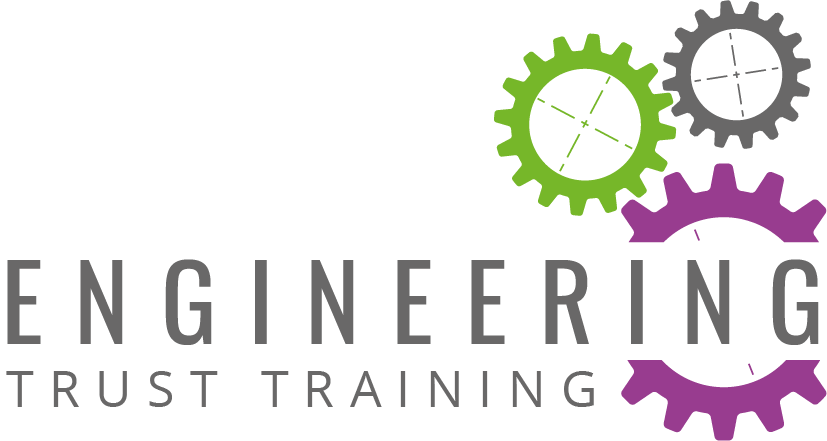
Same Apprenticeship Standards however the differentiation between Providers begins there
I have been working on a bid document recently and it asked me to list our USP's. I think it’s an interesting question for Training Providers like us. From the outside looking in, you might think that all providers (including Colleges) have to follow Apprenticeship Standards and therefore delivery must be roughly the same....right?
True, we do all follow Apprenticeship Standards however the differentiation of delivery between Providers begins there and permeates down to every level of the delivery.
So, here are our USP's with a few extra differentiating points and thoughts thrown in for good measure.
Employer led
We are truly employer led when it comes to selecting the Apprenticeship Standard under which the programme will be delivered. What I mean by that is, we consult with the employer who tells us about the role and person they need at the end of the apprenticeship. We then match that to a Standard that will achieve their aspirations. Isn't that what every Provider does? Maybe, however I often hear that the Provider has an apprenticeship to ‘sell’ to the employer, which for me means, they have already decided on what Apprenticeship Standard the business will follow before they have actually met with the employer to find out what they need. Or, the Provider has a cohort size that they need to fill and therefore are funnelling apprenticeship enquiries towards a certain route to achieve it, regardless of if it is a good fit for the employer or not.
Bespoke delivery
The benefit of being a small provider is that it allows us to be agile and offer a bespoke service to each business and each apprentice that we work with. We tailor each programme to the needs of the business in terms of work schedules and structure, producing the employee they need at the end of the process. We are able to start the apprenticeship at any time of the year and consider a wide range of people for each vacancy, moulding the programme once we know who the apprentice will be. This approach also allows us to use apprenticeships for existing staff, building the programme around their existing knowledge, skills and behaviours.
Industry specific
We only work within the engineering and manufacturing sectors and all our Training Officers are engineers themselves, expert in developing a relationship with each apprentice and mentor. Their industry knowledge and experience help the businesses we work with to develop a Company Training Plan specific to each apprentice’s role. This means the apprentice learns the vocational and practical skills they need to be a productive employee both during and after their training which can, at times, include aspects not covered or required within the Apprenticeship Standard.
High employer and apprentice engagement
We hold Review Meetings with the apprentices (and often the Mentor/Manager) every six weeks and are in communication with them consistently between meetings. Our Training Officers will typically have a lower caseload than other Providers which gives them the time to support all involved in the delivery of the apprenticeship, keeping it of a high quality and ensuring it progresses within the expected timeframe.
Not for profit
We are a non-profit organisation set up as the subsidiary of The Engineering Trust, a charity which promotes engineering to young people across the Thames Valley area (and beyond). This means we are quality (not profit) driven and learner centric without the pressure of delivering a profit to owners or shareholders. Any profit we do make, is channelled back into the charity to further continue its work. The majority of the funding we draw from the DfE or a company’s Levy goes into the delivery of the apprenticeship. Whilst this doesn’t mean we can deliver the apprenticeship for less funding than a profit-making Provider, it does mean that more is used for the delivery of the apprenticeship ensuring a high quality and a high level of support for both the apprentice and the employer (back to my point about lower caseloads).
One or multiple Apprentices
Our way of working suits both SMEs and larger organisations. We are as happy working with one apprentice within a business as we are working with multiple apprentices.
Finding an apprenticeship Provider is like any other procurement, there is a marketplace from which employers can choose, deciding on which Provider’s approach suits them. That, to an extent, will be based on the USPs (along with other factors) and for some, our approach fits whilst for others, another Provider might be more suitable. It is important that employers and apprentices do their research to understand who they are committing to work with as that relationship will be in place for 12 to 42 months, depending on the type of apprenticeship they are doing.
It’s nice to write blogs like this, picking out our strengths and assuming how they differentiate us from other Providers. Like the delivery of any service, each time we work with a business and an apprentice, we aim for perfect delivery. Inevitably, there are curve balls, bumps in the road and difficulties that have to be overcome in the course of any apprenticeship delivery. When these do arise, it is important to be confident that the Provider delivering the apprenticeship has the ability, motivation and drive to solve them and deliver in spite of them. To a certain extent, a Provider’s ability to do that, is what makes them unique.
Written by Mark, CEO
